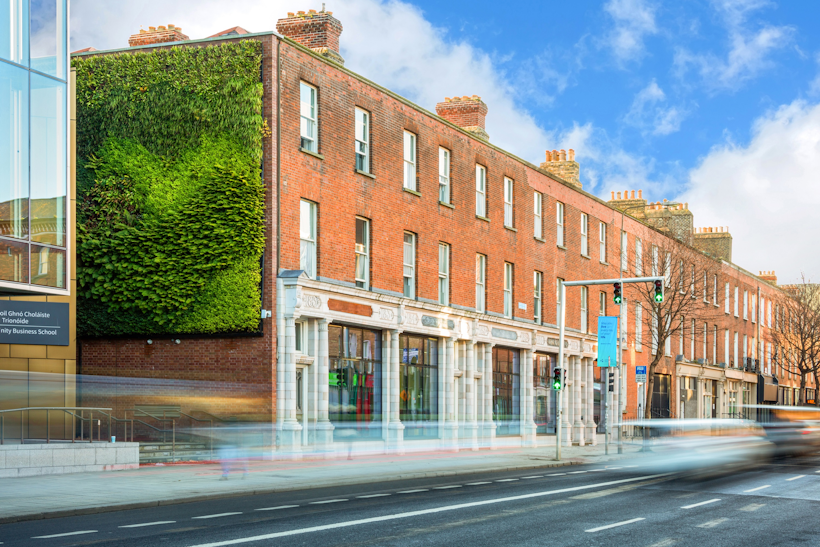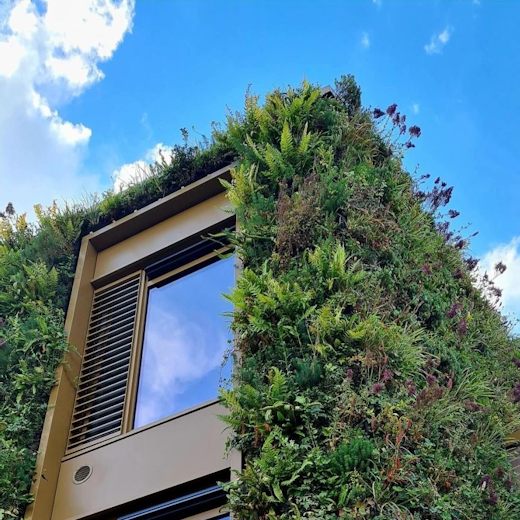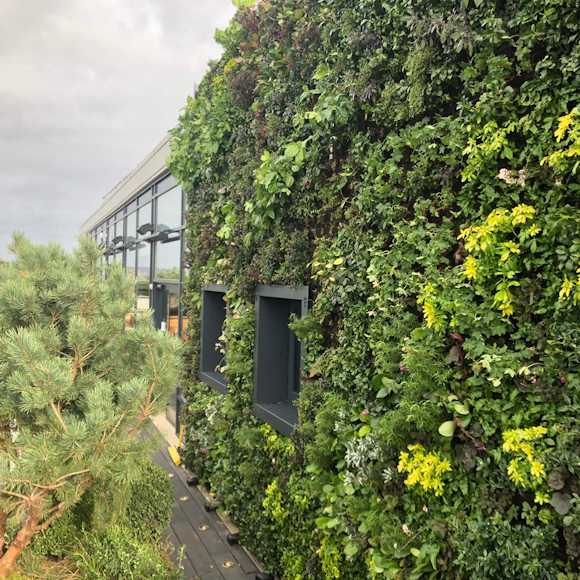Sustainable urban planning is an essential approach to creating cities that are not only liveable but also resilient and environmentally friendly. At the heart of this movement lies ecological architecture, which integrates natural systems into urban design, fostering a harmonious relationship between people and their environment.
In this blog, we’re going to explore the principles of ecological architecture and how they can be applied to sustainable urban planning.

The Importance of Ecological Architecture
Ecological architecture emphasises the use of sustainable materials, energy efficiency, and the integration of natural elements into building designs. This approach is crucial for several reasons:
- Environmental Impact: Buildings account for a significant portion of global energy consumption and greenhouse gas emissions. By adopting ecological architecture, we can reduce these impacts through energy-efficient designs and renewable energy sources.
- Biodiversity Enhancement: Incorporating green spaces, such as living walls and green roofs, supports local wildlife and promotes biodiversity within urban areas.
- Human Well-being: Access to nature has been shown to improve mental health and well-being. Ecological architecture fosters biophilia—our innate connection to nature—by integrating natural elements into urban environments.

Key Strategies for Sustainable Urban Planning
- Living Walls and Green Roofs: These features not only enhance the aesthetic appeal of buildings but also provide insulation, reduce urban heat islands, and improve air quality. For instance, Viritopia's projects have demonstrated how living walls can trap dust and promote biodiversity while creating healthier urban spaces.
- Water Management Systems: Sustainable urban planning incorporates systems that manage stormwater effectively. Green roofs can absorb rainwater, reducing runoff and preventing flooding while also providing additional green space.
- Energy Efficiency: Designing buildings with passive solar techniques, natural ventilation, and high-performance insulation reduces energy consumption. At Viritopia, we have carried out case studies using our living wall system and its thermal ability to keep building warmer in the winter and cooler in the summer. On a cold winter's day, a living wall could improve the energy efficiency up to 28%.
- Community Engagement: Involving local communities in the planning process ensures that developments meet their needs while promoting stewardship of the environment. This participatory approach fosters a sense of ownership and responsibility towards local ecosystems.

Benefits of Ecological Architecture in Urban Settings
- Improved Air Quality: Vegetation helps filter pollutants from the air, contributing to healthier living conditions.
- Temperature Regulation: Green infrastructure can mitigate heat effects in urban areas, leading to cooler environments.
- Enhanced Aesthetic Value: Incorporating nature into urban design creates visually appealing spaces that attract residents and visitors alike.
- Economic Advantages: Sustainable buildings often lead to lower operational costs through reduced energy consumption and maintenance expenses.
Living Walls from Viritopia
With over 20 years of experience of designing and maintaining biophilic infrastructure, Viritopia can create a detailed plan of how a scheme will meet regulatory requirements.

Book a Consultation with Viritopia
Ecological architecture is not just a trend; it is a necessity for sustainable urban planning.
As demonstrated by our projects, living walls and green roofs are powerful tools in this endeavour, showcasing how innovative design can lead to significant environmental benefits.
Book a living wall consultation with our expert team today or find out more about our green walls and their benefits.
.png?w=4000&q=90&auto=format&fit=crop&crop=edges,focalpoint&fm=png)
